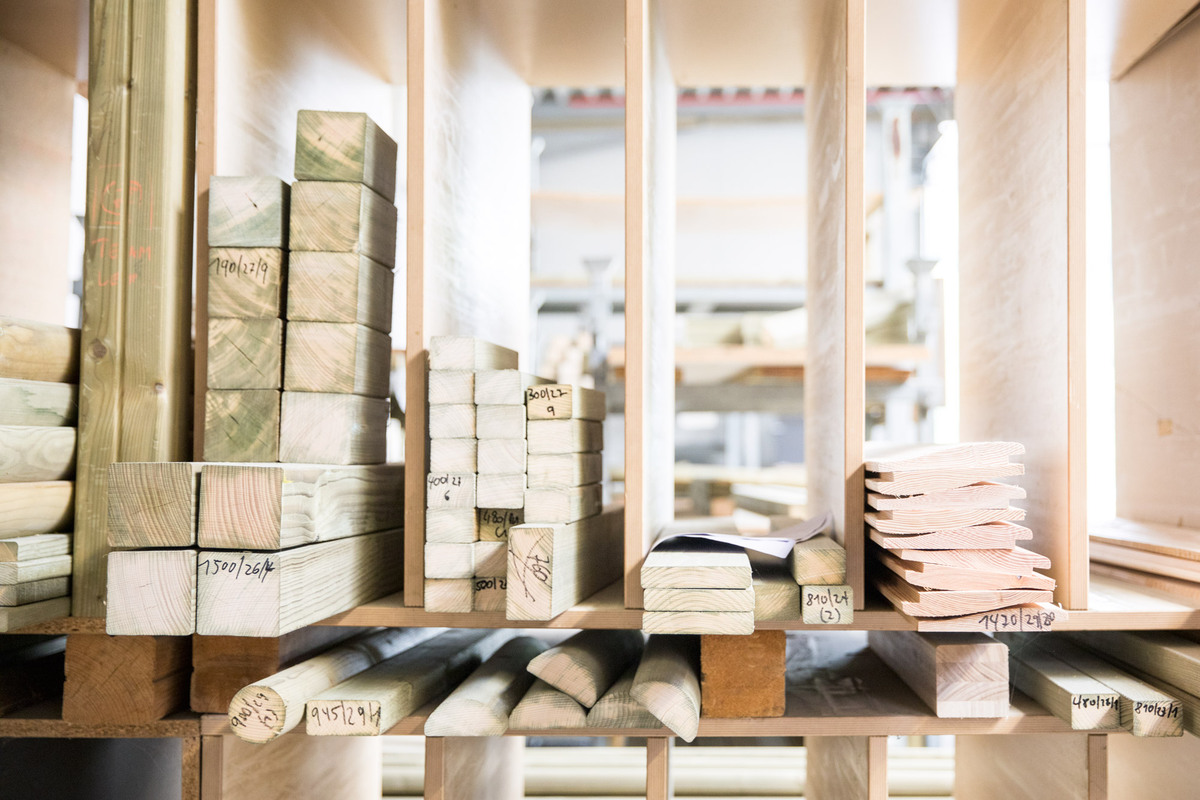First things first, when it comes to the topic of natural wood on the playground or the use of natural wood in playgrounds: Our wood is always guaranteed to be 100% FSC® CoC-certified! But what does that mean exactly? We provide you with an overview of FSC® certification, seals, procedures and the organisation.
Table of contents
- FSC® certification and FSC® CoC certification – an explanation
- The 10 principles of FSC® certification
- What the CoC (Chain of Custody) means
- The advantages of FSC® CoC certification for companies and consumers
FSC® certification and FSC® CoC certification – an explanation
You hear about this certification very often when it comes to wood. But what exactly does this FSC® certification mean, and how is it awarded? FSC® stands for the Forest Stewardship Council and is an internationally recognised non-profit organisation. Thanks to the organisation, which was founded in 1993, the world’s first system for certifying sustainable forestry and forest management was created. FSC Germany was founded in 1997 as a national initiative supporting FSC® International and as a discussion forum. In 2018, FSC® Germany had 172 members and 53 supporting members.
The 10 principles of FSC® certification
10 steps have been created, which are valid worldwide and can additionally be supplemented at a national level. According to FSC Germany, these 10 principles must be fulfilled within the framework of FSC® certification:
- 1: Compliance with the law
- 2: Workers’ rights and working conditions
- 3: Rights of indigenous peoples
- 4: Relations with the local population
- 5: Forest services
- 6: Impact on the environment
- 7: Management
- 8: Monitoring and evaluation
- 9: Special conservation values
- 10: Implementation of management measures
Furthermore, the FSC® is based on a vision that is founded on three essential criteria:
“FSC® and FSC® certification were established to promote ecologically appropriate, socially beneficial and economically viable management of the world’s forests to ensure that needs of the present generation can be met without compromising the needs of future generations.”
1. Environmentally sound: the economic viability of operations adapts to ecological criteria and guarantees that biodiversity and ecological processes in forests are maintained.
2. Socially beneficial: Here, the focus is on the local population. The management of forests should generate long-term benefits for the local population. FSC® certification also creates strong incentives for local people to manage their forests in a way that conserves resources.
3. Economic success: The focus is on financial success, but this must not be at the expense of resources, the ecosystem and the population.

The meaning of the chain of custody (CoC)
In a forest that is FSC® certified, the production of wood, therefore, follows very high standards. This applies in both social and ecological areas. These FSC criteria apply worldwide. The so-called CoC, or Chain of Custody, is extremely relevant in this inspection process.
The Chain of Custody, or product chain certification, has already more than proven itself in many production chains. It ensures complete and traceable documentation – from the raw material to the final product.
All companies involved in production must guarantee that the processed materials are identifiable at all times. Only then does the company receive FSC® certification. Only companies with these certifications can also accompany products on the way to the FSC®-certified end product. This procedure has also proven successful for playgrounds and play equipment made of wood.
The advantages of FSC® CoC certification for companies and consumers
Even though this process seems (and is) time-consuming, the FSC® seal creates new opportunities for a wide variety of companies to position themselves authentically and credibly. After all, when it comes to the sustainable use of natural resources, it is essential to act responsibly and with foresight. The consumer benefits doubly from FSC® certification: on the one hand, the quality of the product is quite clearly comprehensible, and on the other hand, they can make a conscious decision in favour of wood from sustainably sourced forestry, for example, in the case of playground equipment made of FSC®-certified wood. Almost 180 million hectares worldwide in 80 countries have already been certified since 1992 – making the FSC® one of the most important certification systems for forests. Today, there are approximately 26,000 CoCs as well as over 1200 forest certificates.
Read more: By the way, larch wood and robinia wood are frequently used wood species at eibe. Learn more about these particularly durable types of wood here in the blog.

